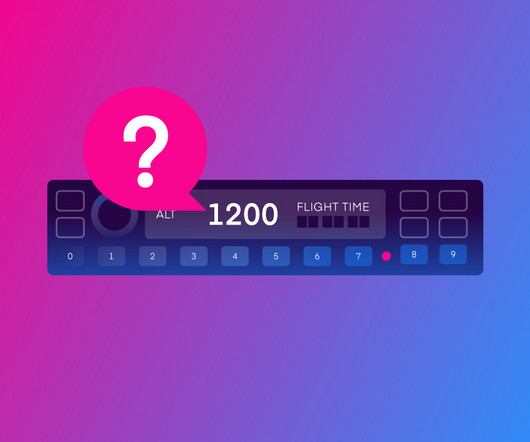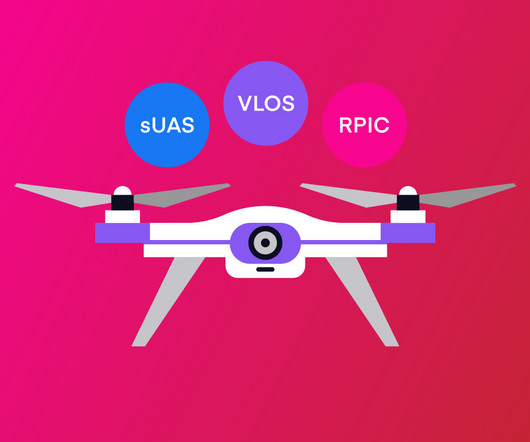Quiz: Airspace classifications and rules
Flight Training Central
MARCH 10, 2025
What is the minimum ceiling and visibility for takeoff, landing, or entering the traffic pattern of an airport in Class E airspace under visual flight rules? A temporary flight restriction (TFR) may be issued for: Areas around major sporting events below 3,000 AGL and within 3 nautical miles. Both are correct.














Let's personalize your content